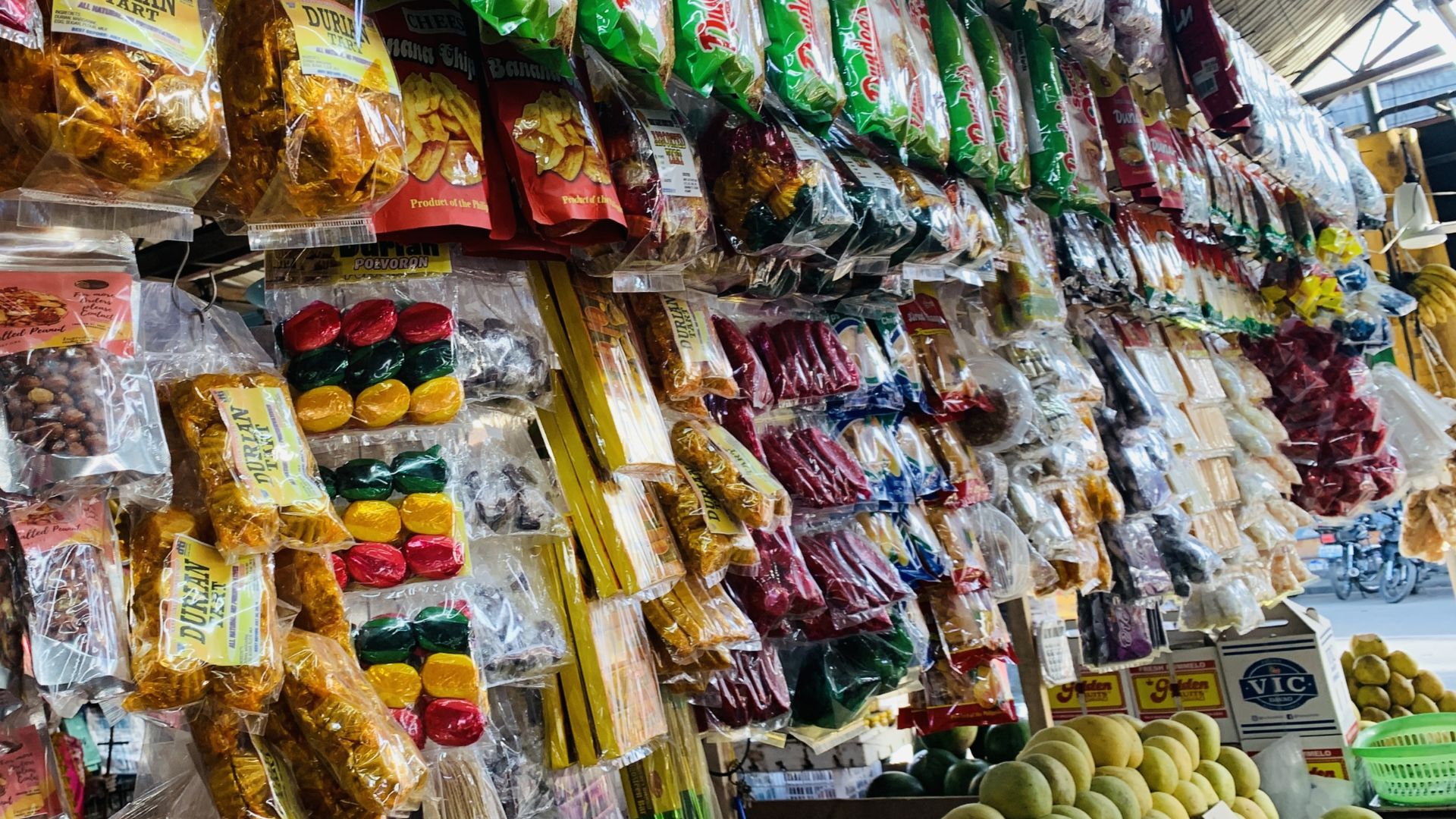There is this deeply ingrained phenomenon among Filipinos of using sachet packaging or single-use plastics for products to be perceived as affordable and accessible, which intensifies the problem of plastic pollution—the ‘tingi’ culture.
In the Philippines alone, there are 2.7 million tons of plastic waste that are being garbaged annually. This means that plastic waste, including single-use plastics, pervades the nation’s landscapes, waterways, and oceans, exacting a heavy toll on ecosystems and human health.
The actions that are being taken by the government alone to address plastic pollution in the country cannot suffice to solve the never-ending problem of pollution.
Some cultures and phenomena are just embedded in our daily lives, which intensifies environmental issues even more. In this case, the prevalence of sachet or ‘tingi’ culture in the Philippines.
The widespread presence of the use of sachets, ‘tingi’, or single-use plastics may seem convenient to some, as buying products in small packaging is ideal if only a small amount is what is needed by them. Additionally, smaller packaging means it is cheaper than products in full sizes, which are generally more expensive.
This only shows that in addressing the use of single packaging in our country, we also have to consider other factors, such as economic aspects.
The Filipino ‘tingi’ culture involves the incorporation of single-use plastics or the use of smaller packaging for convenience purchasing on the consumer’s end. From sachets of shampoo and condiments to sticks of cigarettes and a portion of snacks, products with single-use plastic packaging populate markets, street corners, and digital platforms, offering affordable access to essentials.
The prevalence of this phenomenon is bound to aggravate our already worsening problem of plastic pollution, as these types of packaging will become waste the moment these products are already consumed.
Since this phenomenon is already deeply embedded in every Filipino’s daily life, limiting its use and attempting to recycle it can pose challenges. Apart from being a cultural phenomenon, big businesses are also to blame for the prevalence of the use of single-use plastics in the market, with 27% of respondents from the 2019 SWS survey results identifying companies as the cause of plastic pollution in countries like the Philippines.
These corporations promote their products sold in small packets as an affordable way to purchase products, and they use this as a corporate marketing strategy.
In the long run, consumers were persuaded to buy products in smaller portions, mainly because of convenience and affordability. But what people often forget is that purchasing ‘tingi’ products is harmful to our environment as these are made of materials like aluminum, adhesives, and other kinds of plastic.
ENVIRONMENT CONSERVATION IN A WORLD FULL OF ‘TINGI’
With the prevalence of ‘tingi’ as a culture that is deeply ingrained in the Filipinos, there are still actions that can be taken to mitigate the worsening condition of plastic pollution in the Philippines. Little or big steps, we should do our part as citizens in conserving our environment despite the prevalence of sachet culture and plastic pollution in the country.
For starters, bringing in one’s container when buying something, say, a portion of any essentials and condiments in the sari-sari store, will do.
By doing this, we are limiting the consumption of small plastic bags, which are the go-to containers or packaging used when buying portions of essentials or condiments in your neighboring sari-sari stores. Reusable bags, bottles, and containers are also included in this step.
Another simple but impactful solution that everyone can use is to refuse. Refuse when vendors are giving you plastic, along with buying smaller portions of products or condiments from them. Of course, it is impossible to live a life without plastic. During the unavoidable situations that we encounter, it is important to be smart about how we can reuse plastic.
As for purchasing products with cartons or tetrapak packaging, we can always dispose of them the right way, as carton packaging is made to be recycled! But to do this, we should first thoroughly clean and rinse the insides of a carton of packaging before folding them and placing them in the trash bins for recycling. If you want to take matters into your own hands, there are still numerous ways to recycle carton packaging, such as repurposing it as an organizer.
In short, you can just do it yourself! Just make sure to take the necessary steps for them to become useful, like spraying paint all over them or gluing them.
Lastly, you may want to invest in supporting big brands that offer sustainable packaging. Ensure that you buy products that have recyclable packaging. After all, big businesses are one of the biggest contributors to plastic pollution by producing products with the most polluting packaging and by being unaccountable to continuously profit from single-use plastic products, as stated by GAIA’s report, Sachet Economy: Big Problems in Small Packets.
Above all, we cannot fully eliminate the use of ‘tingi’ in our daily lives, as this is the cornerstone of our culture and financial capabilities.
Nevertheless, no matter how small a deed, we can still contribute to the betterment of our environment. Remember that reducing, reusing, and recycling can always be an option.
Source: https://mirror.pia.gov.ph, https://www.no-burn.org, https://www.breakfreefromplastic.org, https://www.myownwater.com,


















